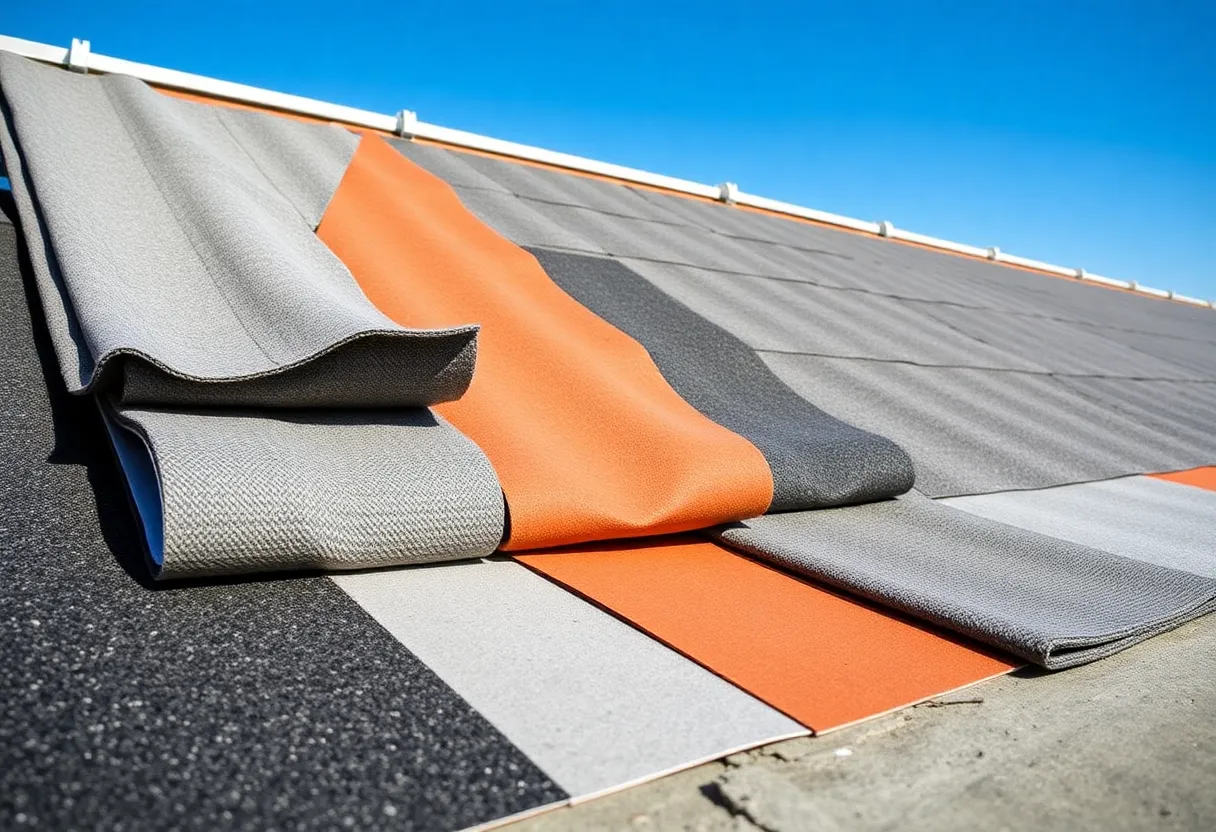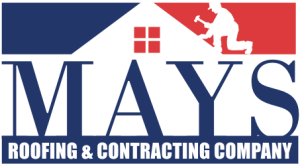

Comparison of different roofing underlayment materials essential for roofing projects.
Article Sponsored by:
Mays Contracting is more than just a roofing company; it’s a family legacy built on trust and quality. Founded in 1979, we’ve been serving the community for over four decades. Our story began with a simple vision: to provide exceptional roofing services for both residential and commercial properties. This vision has guided us ever since, as we’ve grown from a small, family-run operation to a trusted name in the industry.
Want to target the right audience? Sponsor our site and choose your specific industry to connect with a relevant audience.
Prominent brand mentions across targeted, industry-focused articles
High-visibility placements that speak directly to an engaged local audience
Guaranteed coverage that maximizes exposure and reinforces your brand presence
Interested in seeing what sponsored content looks like on our platform?
May’s Roofing & Contracting
Forwal Construction
NSC Clips
Real Internet Sales
Suited
Florida4Golf
Click the button below to sponsor our articles:
Sponsor Our ArticlesChoosing the right roofing underlayment is a pivotal decision in safeguarding a roof’s integrity. Underlayment acts as a secondary barrier against water, ice, and various environmental factors. Selecting the appropriate underlayment material can significantly impact your roof’s longevity and performance.
Roofing underlayment is a protective layer installed directly on the roof deck, beneath the primary roofing material. It plays an essential role in enhancing the roof’s functionality. There are three primary types of underlayment: felt, synthetic, and rubberized asphalt. Each type comes with specific features that cater to different roofing needs.
Felt underlayment, often made from organic or fiberglass materials, has been a staple in roofing for years. It comes in two varieties:
Felt underlayment is affordable but heavier and less resistant to tearing and moisture than synthetic options. It is best suited for low-slope roofs.
Synthetic underlayments are composed of polypropylene or polyethylene. They provide significant advantages:
While they may come with a higher initial cost, the overall longevity and effectiveness can make them a more cost-effective solution.
Rubberized asphalt underlayment is a premium option featuring a strong adhesive backing. This type is crucial for locations prone to ice dams or heavy rainfall. Key characteristics include:
This type is best suited for low-slope roofs, valleys, and other high-risk areas.
The climate in your area significantly impacts the type of roofing underlayment you should choose. For regions with heavy rain or snowfall, synthetic or rubberized asphalt options provide superior waterproofing. In warmer climates, felt underlayment may suffice but ensure it has UV resistance properties.
The pitch of your roof also dictates underlayment choice. Steeper roofs may afford the luxury of various types, while low-slope roofs require options that can withstand ponding water, making rubberized asphalt or synthetic underlayment preferable.
Your roofing system’s installation method might influence underlayment requirements. For installations featuring shingles, the underlayment must be compatible to ensure a cohesive barrier. Always consult manufacturer guidelines to avoid issues down the line.
While synthetic and rubberized options are more expensive initially, their longevity and performance can yield better value over time. Weigh up-front costs against the long-term protection provided.
It is essential to consult local building codes before making a decision, as these regulations often dictate specific underlayment types based on climatic conditions and roof design. Non-compliance may lead to fines or more severe repercussions during inspections and home sales.
Utilizing the correct roofing underlayment has several benefits, including:
Underlayment provides a secondary line of defense against water infiltration, helping to preserve the underlying structure from moisture damage.
A quality underlayment can improve energy efficiency by providing additional insulation. This helps maintain consistent indoor temperatures and reduce energy costs.
Proper underlayment contributes to the overall durability of your roofing system. It reduces the risk of leaks, mold, and rot, extending the life of the roof.
During installation, the underlayment protects the roof deck from debris and moisture, preventing damage before the primary roofing material is applied.
Following best practices for installation is crucial to maximize the benefits of your chosen roofing underlayment. Consider these tips:
Each type of underlayment comes with specific installation instructions. Adhering to these guidelines ensures maximum performance and warranty protection.
When laying underlayment, ensure overlaps range from 4 to 6 inches. This creates a watertight seal, preventing moisture ingress.
Fasteners should be installed according to the manufacturer’s specifications. They should not penetrate the entire underlayment, as this can create points of vulnerability for leaks.
Before installing the primary roofing material, inspect the underlayment for any tears, punctures, or missed areas. Address any issues immediately to avoid later complications.
Choosing the right roofing underlayment is a fundamental step in ensuring the safety and longevity of your roofing system. Consider factors such as climate, roof pitch, budget, and local building codes when selecting the most suitable underlayment type. Remember, the efficacy of your roof extends beyond the exterior; a solid underlayment protects everything beneath it.
Investing in the right roofing underlayment today can save you considerable expenses and stress in the long run. Arm yourself with the necessary knowledge and consult professionals when needed to secure your home for years to come.

Quality Roof Construction and Repair in Lexington, Richland, Newberry and Laurens Counties for over 40 Years.
News Summary Former prosecutor Walt Wilkins has opened a new law firm, Wilkins Davis, specializing…
News Summary Severe thunderstorms struck the Lowcountry region of South Carolina, resulting in power outages…
News Summary In Texas, a special legislative session is amplifying tensions as Republicans prioritize redistricting…
News Summary A four-year-old child was injured by a cougar at Olympic National Park during…
News Summary Harvard University has filed a lawsuit against the Trump administration over significant cuts…
News Summary Residents of Laurens and Greenwood counties are advised to prepare for severe thunderstorms,…